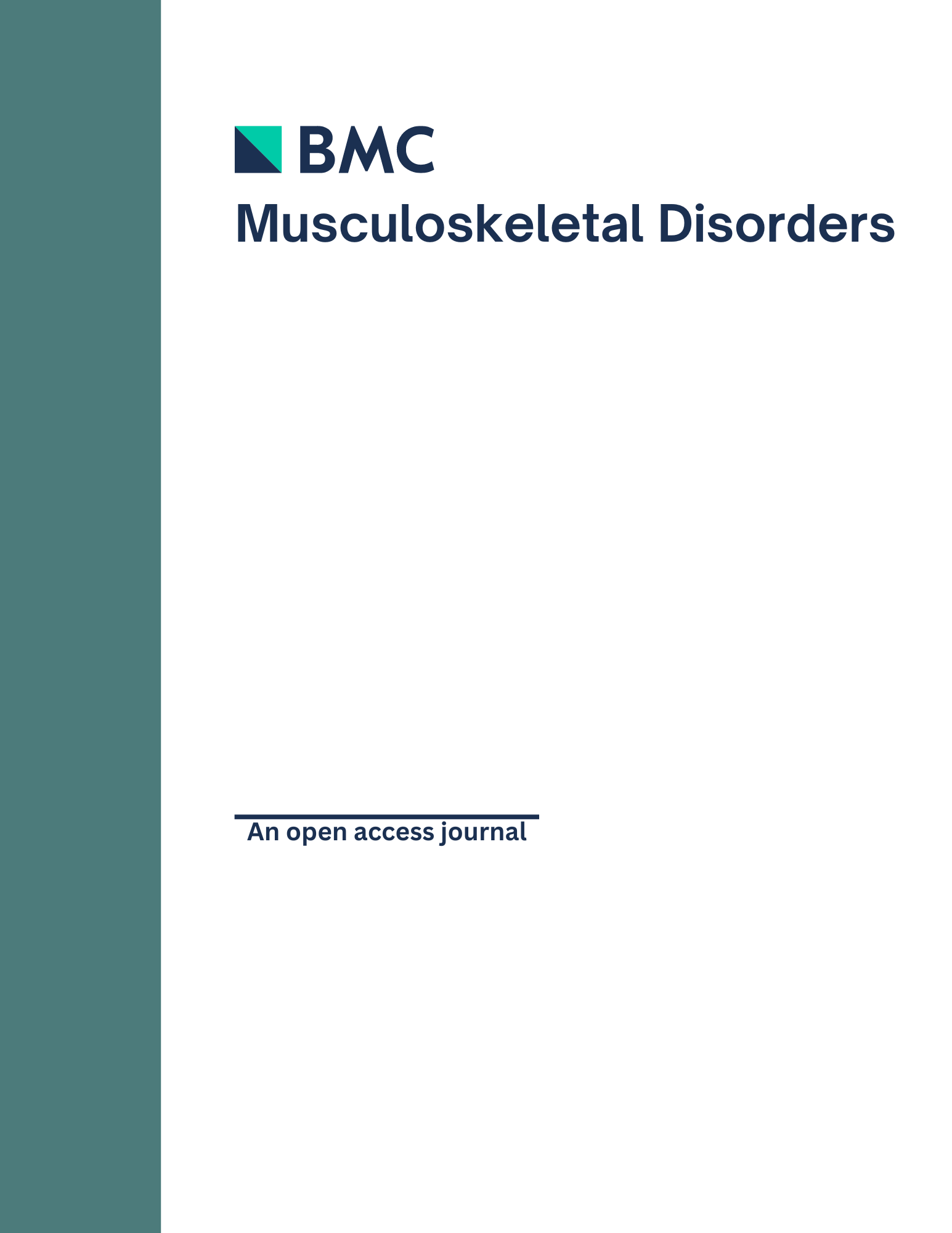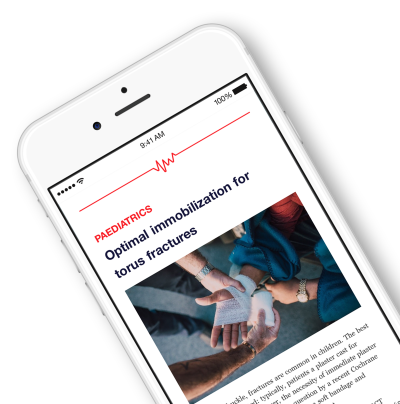
Similar efficacy of oral TXA to IA TXA in total knee arthroplasty without a tourniquet .
Comparison of oral versus intra-articular tranexamic acid in enhanced-recovery primary total knee arthroplasty without tourniquet application: a randomized controlled trial
BMC Musculoskelet Disord. 2018 Mar 15;19(1):85150 patients scheduled for total knee arthroplasty were randomized to either perioperative oral tranexamic acid or intraarticular tranexamic acid. Patients were assessed perioperatively for total blood loss, intraoperative blood loss, the incidence of transfusion, number of transfused units, and postoperative complications. At the 1-month and 3-month follow-ups, patients were also assessed for knee circumference, health-related quality of life, mortality, and readmission. No significant differences were observed between groups in the perioperative measures, including total blood loss, intraoperative blood loss, transfusion rate, and complication rate. Additionally, there were no significant differences between groups in outcomes at follow-up.
Unlock the Full ACE Report
You have access to 4 more FREE articles this month.
Click below to unlock and view this ACE Reports
Unlock Now
Critical appraisals of the latest, high-impact randomized controlled trials and systematic reviews in orthopaedics
Access to OrthoEvidence podcast content, including collaborations with the Journal of Bone and Joint Surgery, interviews with internationally recognized surgeons, and roundtable discussions on orthopaedic news and topics
Subscription to The Pulse, a twice-weekly evidence-based newsletter designed to help you make better clinical decisions
Exclusive access to original content articles, including in-house systematic reviews, and articles on health research methods and hot orthopaedic topics
































































